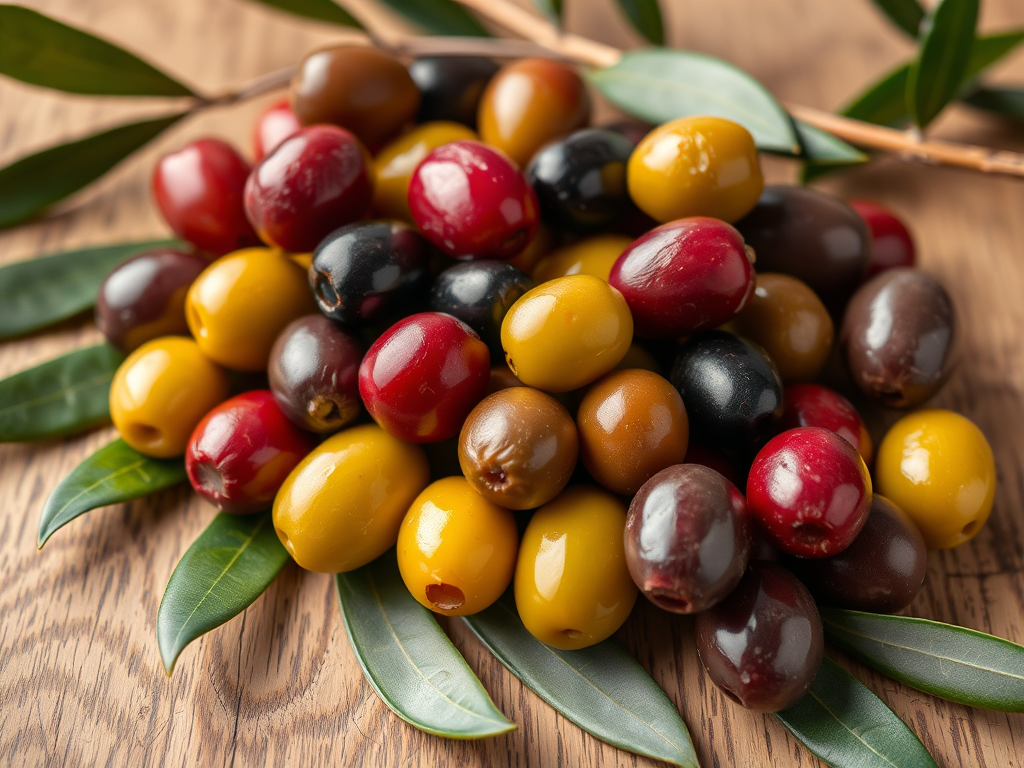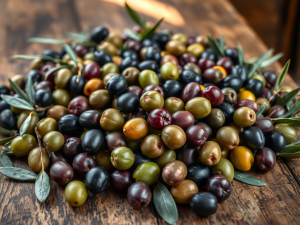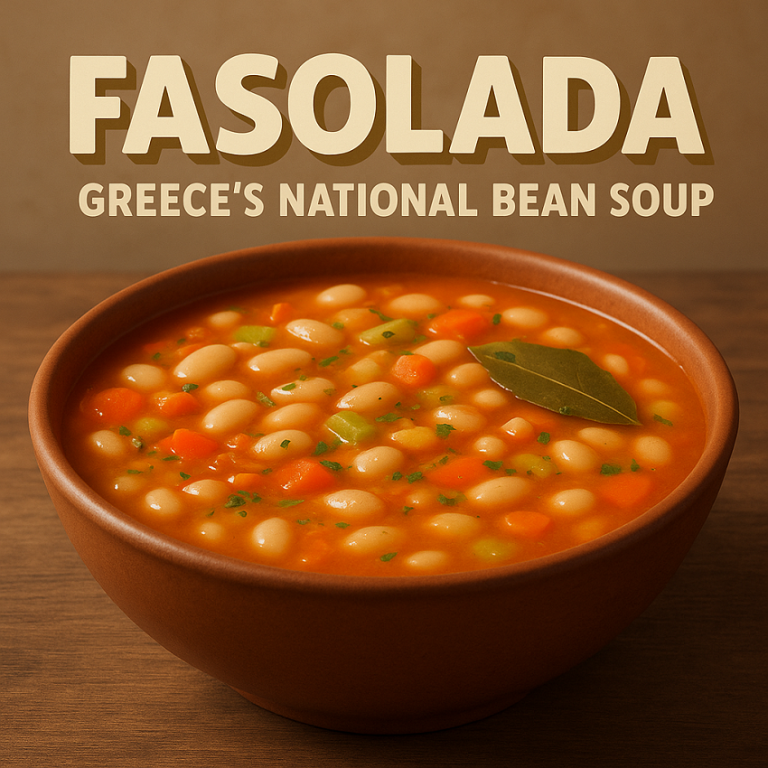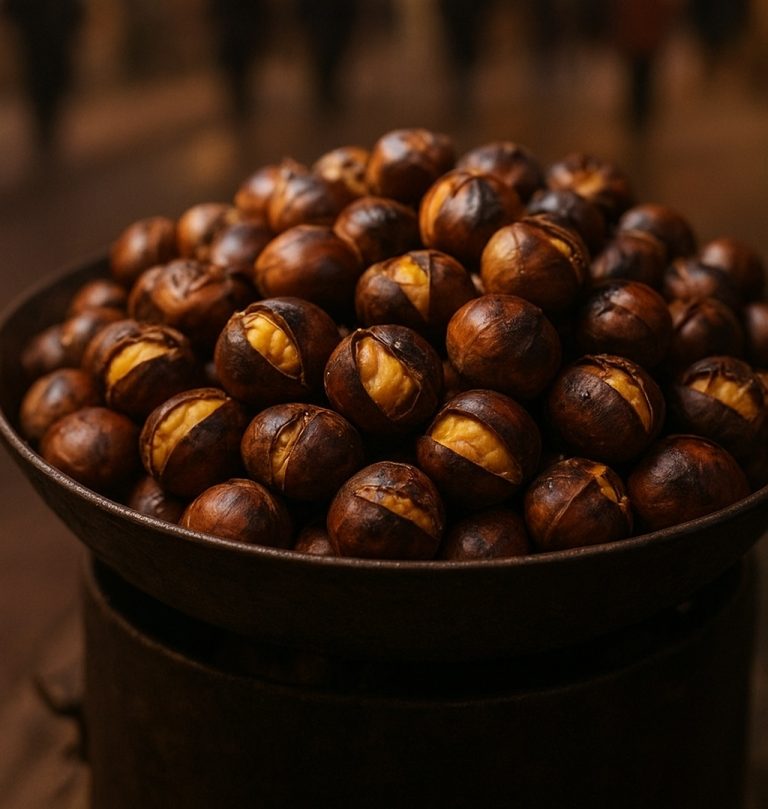
Greece is renowned for its rich culinary heritage, and at the heart of this tradition lies the olive tree. With a history that dates back thousands of years, olives are not only a staple of the Greek diet but also a symbol of peace and prosperity. This article delves deeper into the diverse varieties of Greek olives, their characteristics, cultural significance, and their role in both local and global markets.
The Importance of Olives in Greek Culture
Olives have been cultivated in Greece for over 6,000 years, and their significance extends beyond mere nutrition. They are deeply embedded in Greek culture and mythology, often associated with the goddess Athena, who is said to have gifted the olive tree to humanity. This gift was not just a source of food; it represented prosperity and peace.
In ancient Greece, olive oil was used in religious ceremonies, athletic competitions, and even as a form of currency. Today, olives and olive oil remain essential in Greek households, symbolizing hospitality and generosity. The Mediterranean diet, which emphasizes fresh produce, whole grains, and healthy fats, places olives at the forefront, highlighting their nutritional benefits.
Major Greek Olive Varieties
Greece is home to numerous olive varieties, each with its unique flavor profile, size, and oil content. Here are some of the most notable:
1. Kalamata
- Description: Named after the city of Kalamata in the Peloponnese, these dark purple to black olives are almond-shaped and renowned for their rich, fruity flavor. They are often considered the quintessential Greek olive.
- Uses: Primarily used for table olives and in salads, they are a key ingredient in Greek salads, tapenade, and various dishes. Their distinctive taste enhances the flavor profile of many Mediterranean recipes.
- Oil: Kalamata olives produce high-quality olive oil that is often fruity and robust. The oil is commonly used in dressings and marinades, bringing a signature taste to Greek cuisine.
2. Manzanilla
- Description: While originally from Spain, this variety is also cultivated in Greece, particularly in the region of Crete. Manzanilla olives are small, green, and have a slightly nutty taste, making them versatile.
- Uses: Typically enjoyed as table olives, they pair well with cocktails and appetizers. Their mild flavor complements cheeses, cured meats, and antipasti platters.
- Oil: They yield a light and fruity olive oil that is perfect for dipping or drizzling over dishes.
3. Koroneiki
- Description: Considered one of the best olive varieties for oil production, Koroneiki olives are small, green, and have a high oil content. They thrive in the arid climate of Greece and are known for their resilience.
- Uses: Primarily used for producing olive oil, renowned for its peppery and fruity taste. The oil is highly prized among chefs and home cooks alike for its versatility.
- Oil: The oil is often described as high-quality, with a low acidity level and rich flavor, making it ideal for drizzling over salads, grilled vegetables, and meats.
4. Athinolia
- Description: A traditional Greek variety, Athinolia olives are medium-sized and have a distinct flavor that is both sweet and slightly bitter. They are primarily grown in the region of Attica.
- Uses: Commonly used for table olives and in local dishes, they are often found in Greek mezze platters and served alongside feta cheese and bread.
- Oil: Produces a mild olive oil, suitable for various culinary uses, from salad dressings to marinades.
5. Tsounati
- Description: Native to Crete, Tsounati olives are large and have a unique wrinkled appearance. Their robust flavor makes them a favorite among locals.
- Uses: Often enjoyed as table olives, they are also used in various Cretan dishes, including stews and salads. Their unique taste adds depth to many traditional recipes.
- Oil: The oil is robust, with a nutty flavor profile, making it excellent for cooking and finishing dishes.
The Olive Oil Production Process
Greek olive oil is esteemed worldwide for its quality and flavor. The production process involves several stages, including harvesting, milling, and pressing. Most olives are harvested by hand, particularly in smaller orchards, to avoid damaging the fruit. This traditional method ensures that the olives are picked at the perfect ripeness, which is crucial for producing high-quality oil.
Harvesting
Olive harvesting typically occurs in late autumn to early winter. The timing is critical, as it affects the flavor and quality of the oil. Farmers often choose to harvest by hand, using specialized tools to gently shake the branches and collect the olives without bruising them.
Milling and Pressing
Once harvested, olives are taken to the mill, where they are cleaned and crushed. The next step is the extraction of oil, which can be done through traditional stone mills or modern centrifugal systems. Extra virgin olive oil is produced without solvents or refining processes, ensuring that the natural flavors and health benefits are preserved.
Health Benefits of Greek Olives and Olive Oil
Olive oil, particularly extra virgin, is rich in monounsaturated fats, antioxidants, and anti-inflammatory properties. Studies suggest that regular consumption of olive oil can reduce the risk of heart disease, improve cholesterol levels, and even support brain health. The Mediterranean diet, which emphasizes olive oil as a primary fat source, has been linked to longevity and overall health.
Nutritional Benefits
- Heart Health: The high levels of oleic acid found in olive oil help lower bad cholesterol levels while raising good cholesterol. This balance is essential for maintaining cardiovascular health.
- Antioxidants: Olive oil is rich in antioxidants, including vitamin E and polyphenols, which help combat oxidative stress and inflammation in the body.
- Brain Function: Some studies suggest that the nutrients in olive oil may support cognitive function and reduce the risk of neurodegenerative diseases.

Culinary Uses of Greek Olives
Greek olives and olive oil are incredibly versatile ingredients in the kitchen. Here are some popular culinary uses:
- Salads: Kalamata olives are a staple in Greek salads, adding a burst of flavor and texture.
- Tapenade: A classic Mediterranean spread made from pureed olives, capers, and anchovies, perfect for serving with bread or crackers.
- Marinades: Olive oil serves as an excellent base for marinades, enhancing the flavor of meats and vegetables.
- Dipping: A bowl of high-quality olive oil, seasoned with herbs and spices, makes for a delightful dip for bread.
Conclusion
Greek olive varieties are more than just ingredients; they represent a deep cultural heritage and a commitment to quality. Understanding these varieties enhances appreciation for Greek cuisine and encourages exploration of the many flavors that olives offer. Whether enjoyed straight from the bowl, drizzled over a dish, or used in cooking, Greek olives and their oils are a testament to the country’s agricultural richness and culinary tradition.
As the global demand for high-quality olive oil continues to grow, Greek producers maintain their commitment to sustainable practices and preserving traditional cultivation methods. This dedication ensures that the legacy of Greek olives will thrive for generations to come, enriching plates and palates around the world.



